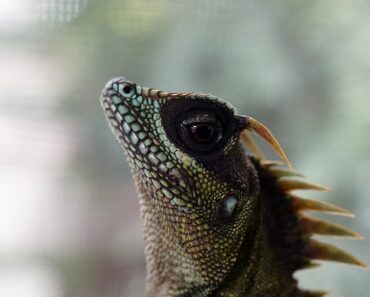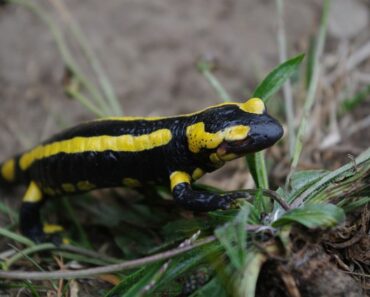
The reproduction of the snake
The snake is a cold-blooded animal that is a reptile. Indeed, with a spinal column, its body temperature is particular and its body is covered with scales. With a way of life in accordance with the seasons, it is obvious that the reproduction of snakes is relatively particular.
The reproductive cycle of the snake
Since the snake is a hibernating animal, the breeding period therefore extends from the arrival of spring until mid-autumn, when temperatures begin to drop. The type of reproduction is surprising because the couple of sexual partners do not often live together and prefer an independent lifestyle. In order to allow fertilization if necessary, the females have the capacity to store sperm. Therefore, when they wish to give birth, they can reuse this semen to join their egg and allow them to become pregnant.
The courtship ritual
The male will usually mate with several females during this period. The phenomenon specific to snakes is that having been mated with several males, the female can repeatedly give birth to children who will all have a different progenitor. The search for partners is facilitated if the snakes have hibernated together but most of the time the search is done in the wild where the specimens are numerous because each one seeks a partner for matingWhen the male meets a female that may suit him, he rubs himself with her, stands on her back. The presence of convulsions on the part of the female partner is a sign that she is ready to mate and she will then raise her tail to allow copulation. This can last several hours in snakes.
Controlled fertilization
The intelligence of the female in this matter makes this animal species the only one able to decide when she wants to bear a child. Indeed, fertilization can take place immediately after mating if the female judges the right time. Conversely, she may decide to make a reserve of spermatozoa in her oviducts, which are provided for this purpose. This practice is mostly carried out by species that have a short mating season and will therefore take advantage of it to mate a certain number of times before proceeding to fertilization. In all cases, the female ensures that the children will not be born during the hibernation period because they would not be able to survive the cold.
Oviparous and ovoviviparous species
Several species of snakes are oviparous, meaning that the females lay eggs. They are more present in warmer regions because favourable climatic conditions are essential for their development. After laying the egg, it can take up to three months for the eggs to be sufficiently developed and hatch. During this time, the female looks for a protected place to keep her eggs warm. Most of the time, dead plants and rotting elements are chosen because they are very good insulators. In the artificial world a terrarium will be ideal for the occasion. The chosen place must have a certain humidity because the snake’s egg will absorb water and oxygen during its entire development phase. The number of eggs can vary depending on the species concerned and can reach the number of one hundred. In the case of ovoviviparous species, the snake develops in the mother’s womb, in the oviducts. It is therefore always an egg but will remain internal until hatching. Sea snakes or species living more often in aquatic spaces than on land are almost always ovoviviparous.
The phenomenon of parthenogenesis
It is important to know that some species that can be found in hot Asian regions, in particular, are made up only of females. Each snake has the exceptional ability to procreate by laying eggs but does not require mating for this practice. Forcing the admiration of the scientists, the developed eggs thus carry only females but they have particular characteristics. Indeed, they are clones of the mother because they present the same DNA in all respects, which is a truly exceptional fact. However, it is possible to see that these species can multiply for several generations but they suffer from a lack of DNA diversification that could allow them to improve their abilities. In this way, they have difficulty adapting to different spaces and above all to different climatic conditions and are therefore becoming increasingly rare.
The hatching process
When the egg has reached maturity, the snake inside manages to pierce the shell thanks to a hatching tooth provided for this purpose which will disappear some time later. It is located on its snout and each baby knows how to use it innately, which then allows the snakes to continue to proliferate especially since many females detach themselves from their eggs once laid. Particularly fragile in the first days, it will however need outside help to survive so it remains close to the hatching site to find food and enjoy the heat. Heating and uvb light can be installed by the people who carry out breeding. For venomous snakes, it is important to know that they are able to create venom from the day they are born.






